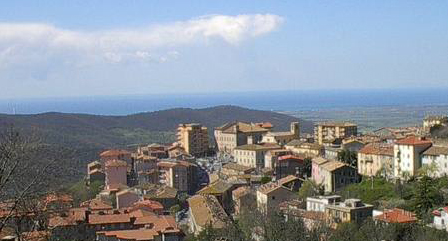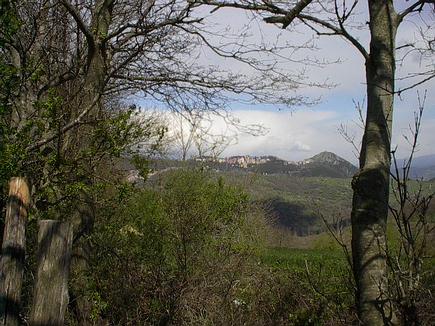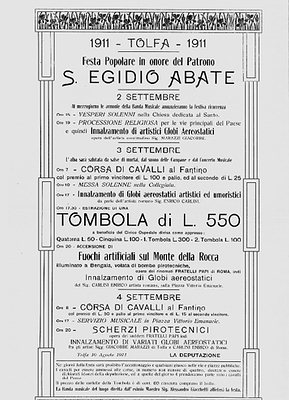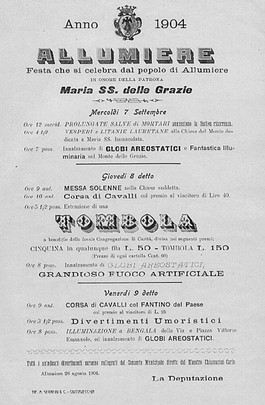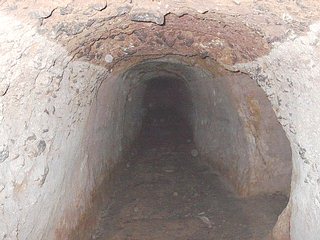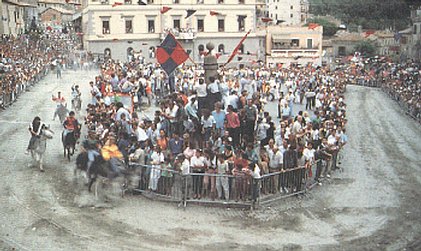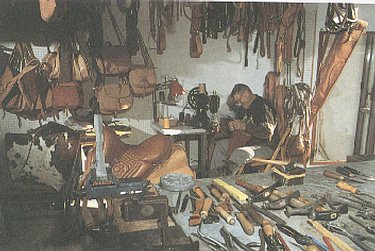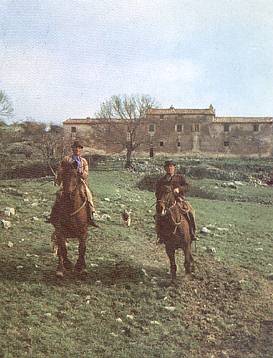I MONTI DELLA TOLFA |
ALLUMIERE
Today it
introduces itself as a smiling option of temperate climate, rich in forests and sure
destination of those who prefere to refresh from the summer heat behind the shadow of
centuries old beeches or friendly chestnuts that grow there indisturbed. its more than
4000 inhabitants live over the highest tops of Tolfa mountains as - their own night
since they are this miners town descendants, miner workers that thanks to their hard work,
offered to european economy the possibility to get free from one of the heaviest
dependance coming from east around 1400 : Mineral lighting that at that time was the
foundation of a great part of the industrial work, from the leather lanning to the
matenial assembly. Lighting was discovered by Giovarmi di Castro who promote the
foundation of the fírst miner's nucleos, transfered to Roncone Mount's botton fífty year
later by Agostino Chigi, This settlement give origin to Allumiere village, that surged in
1826 as a dignified independent town. The urban structures spread around the few building
that this miners towenleft.
|
ALLUMIERE TOWN
TOLFA
It's the biggest living center area. 553 meters above sea level, at Fortress Mount height which semaining ruins, on top, witness of an altemated and tortured existance. On ancient times, two Tolfa areas were known. Old Tolfa fortified around its castle and New Tolfa, settle over Tolfaccia mounts, 10 kilometers away ad facing the seashore. The town preserves evocative remainders left since the primitive MiddIe Age installations outside the narrow walls remainders grow richer, small rinascimento styled building were construct afier Lightening discovery. The stern presence of Fortress Mount, masters the entire town, their hardness of the massive vulcano didn't scape to the eyes of the poet Annibal Caro, who dwelled in Tolfa for a while. The mount raises over a wide view from where man's glance can reach unsuspected distances, far enough to distinguish Saint Pietro's dome, and farther Roma, the castles or even the highest tops of Appennini chain of mountains.
|
TOLFA
TRADITION
Folklore is still alive and it
plays a very special role since tied to old traditions being a genuine expression of
popular essence, an all festivities and events. Don't miss August season : In Tolfa
"Prosciutto" (ham) festival celebrated on the Sunday previous August Bank
Holiday (Ferragosto where other local typical products can be found. The
"butteri" (horse shepherds) tournament begins the first Sunday of August and
protracts with a vaniety of event all rnonth long. In Allumiere the manifestation with
quarter's competìtion customs takes place on first Sunday after August bank Holiday. Bath
Tolfa and Allumiere towns, organize during their Patron Saint Festivities, Tolfa (S:
Egidio on September 1 st) and Allumiere ( Madonna delle grazie on September 8 th) :
horse races, fíreworks, raffles at main squares, launching of aerostatic balloons "a
braccio" street poets exibition, and more. The day before Christmas Eve, songs of the
season can be heard on the streets of towns. On Eastern hold Friday, Tolfa's brotherhoods organize a suggestive custon procession- Many
other events gather around tradition ad local costums such as : "La Ferrata"
painting exhíbition usually hold at the second half of Iuly, then we have
the"Ruzzelone" launching towards the end of may, both festivities celabrated in
Allumiere. During all year the typical riders and the horse shephers can be seen in events
such as cattle branding and other country festivities, corresponding to season cycles
as "Autumn
Festivity" in Allumiere.
|
PATRON SAINT FESTIVITIES
THE HISTORY
Etruscan
people long dwell Tolfa mountains and Mignone Valley the essence of their presence is
still alive today, remarkable ruins are spread all over.
|
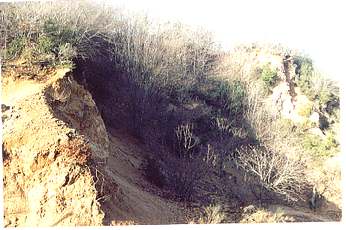 |
